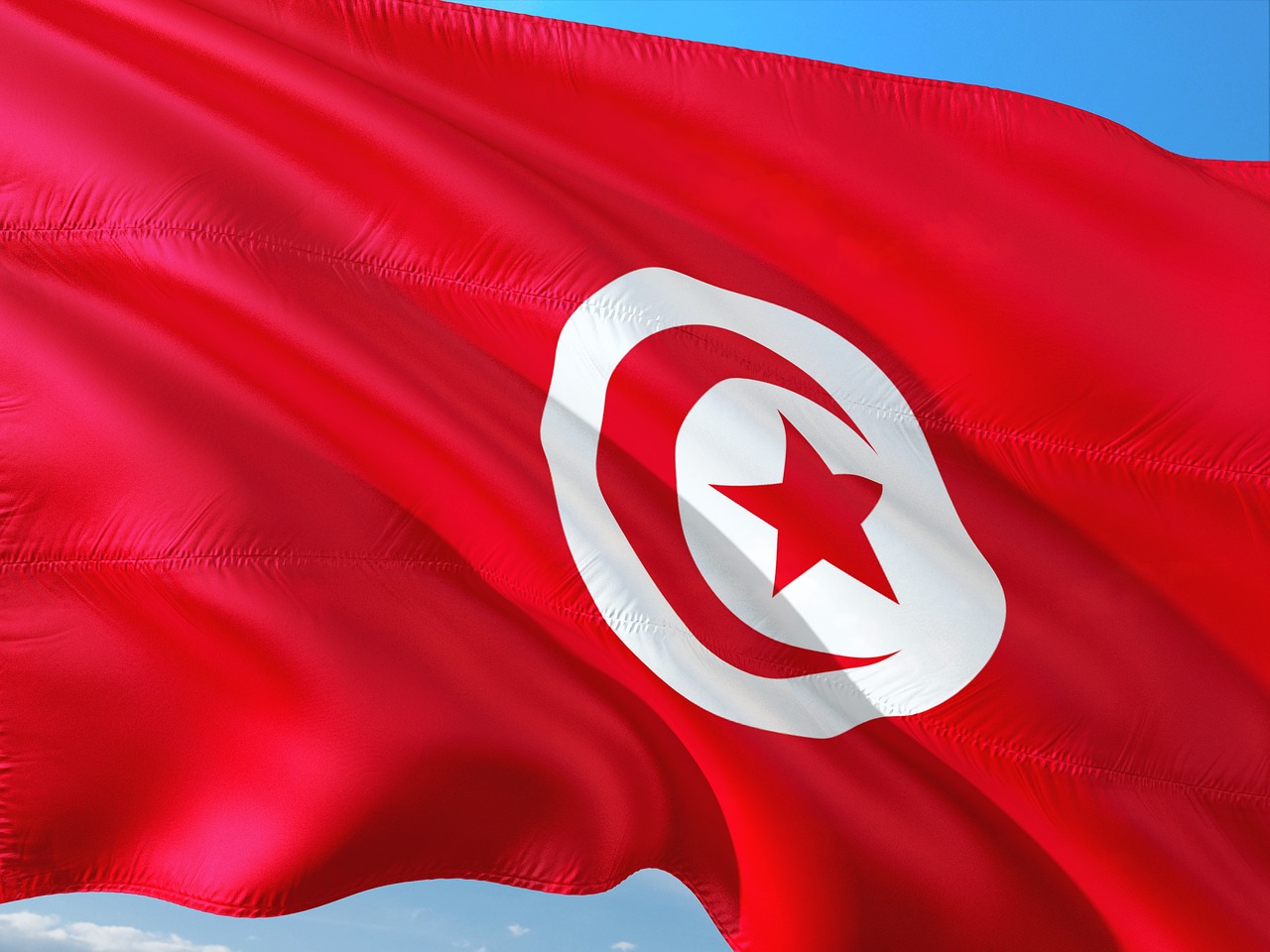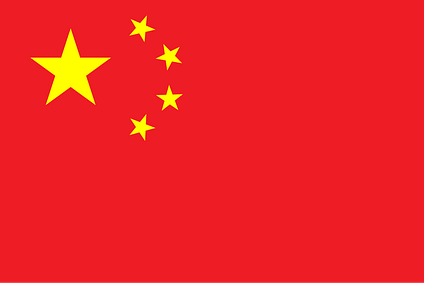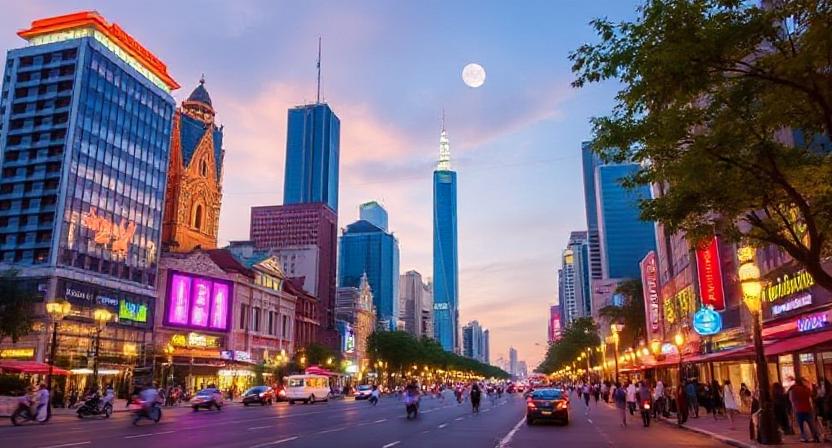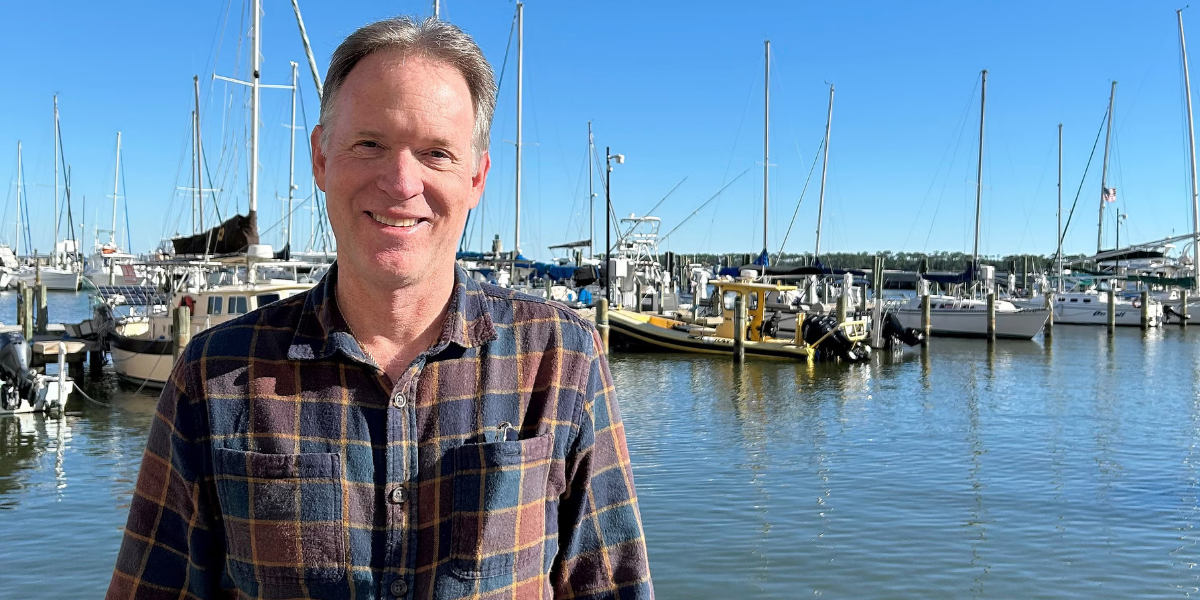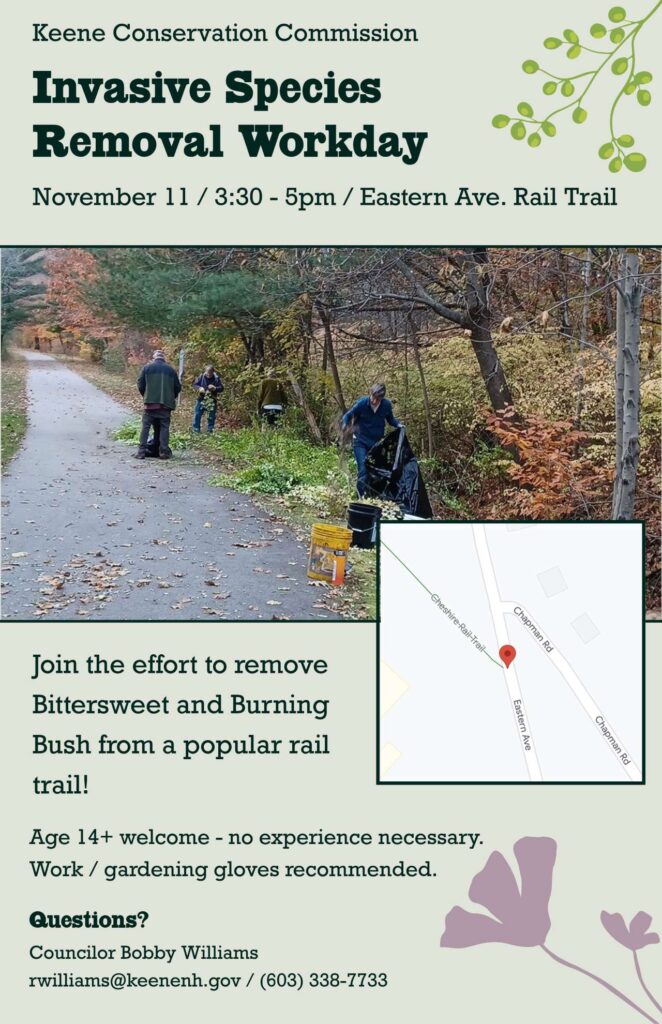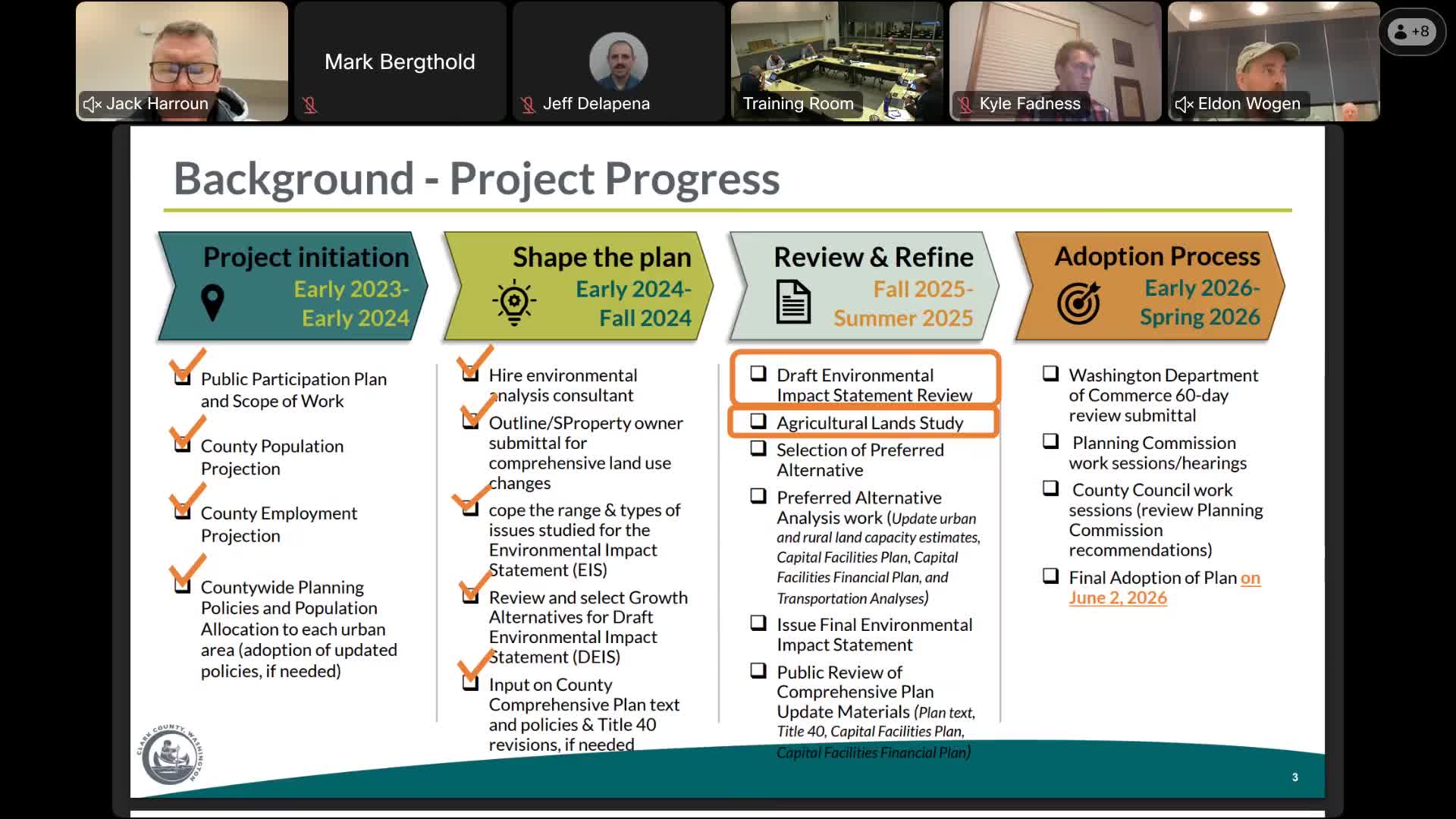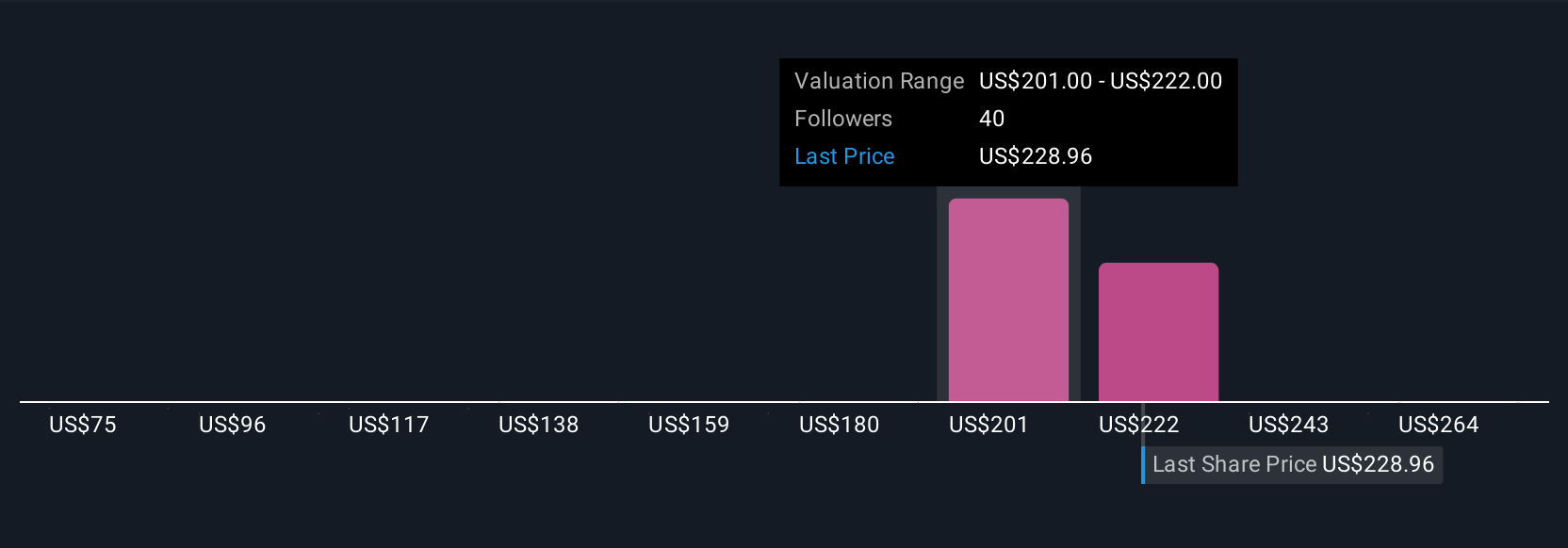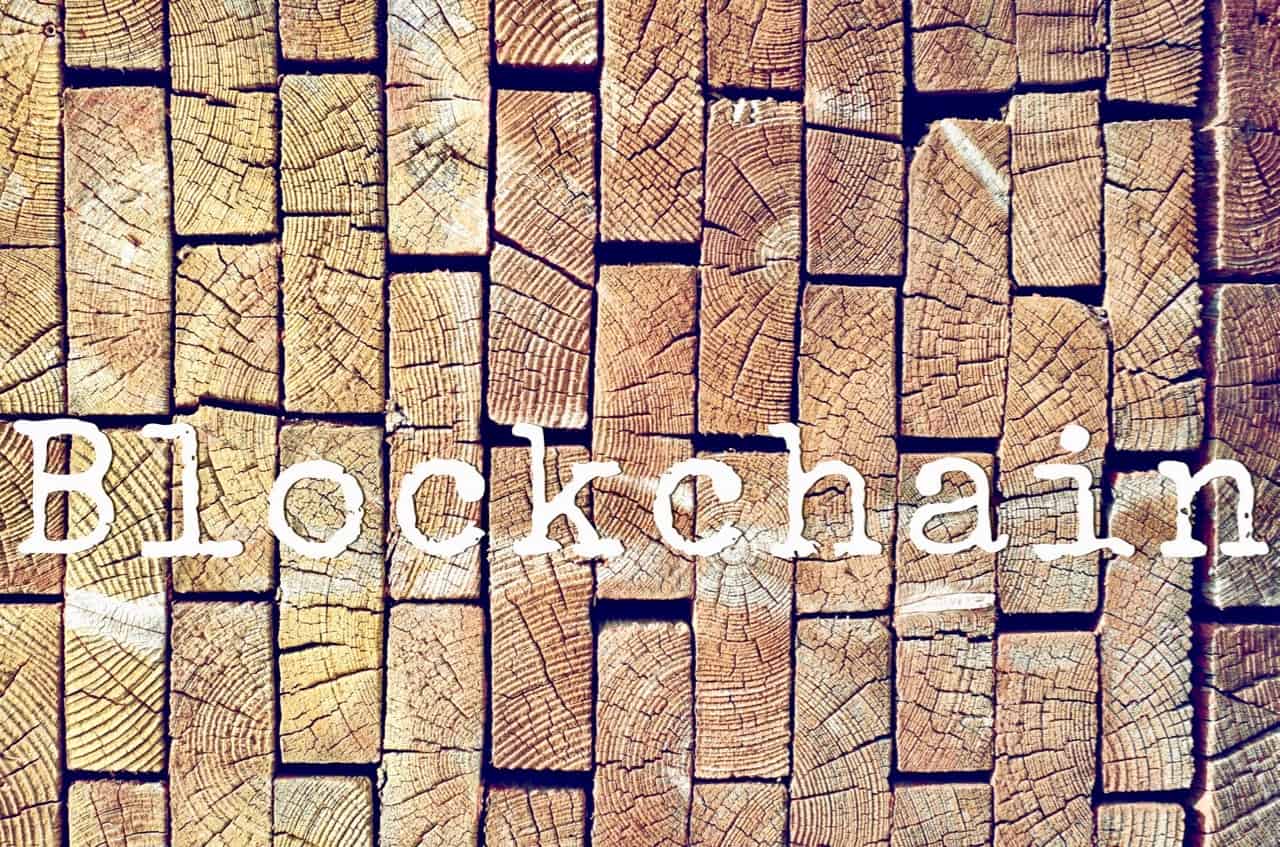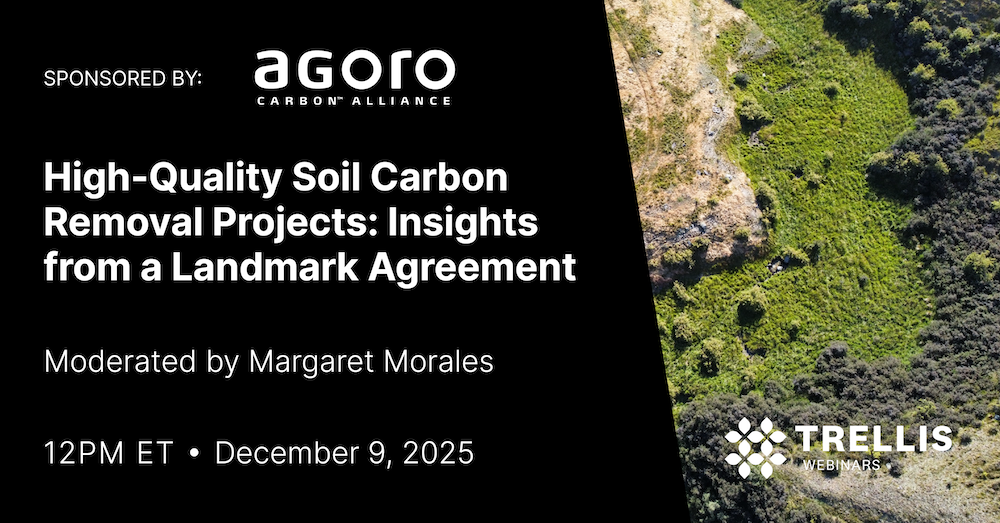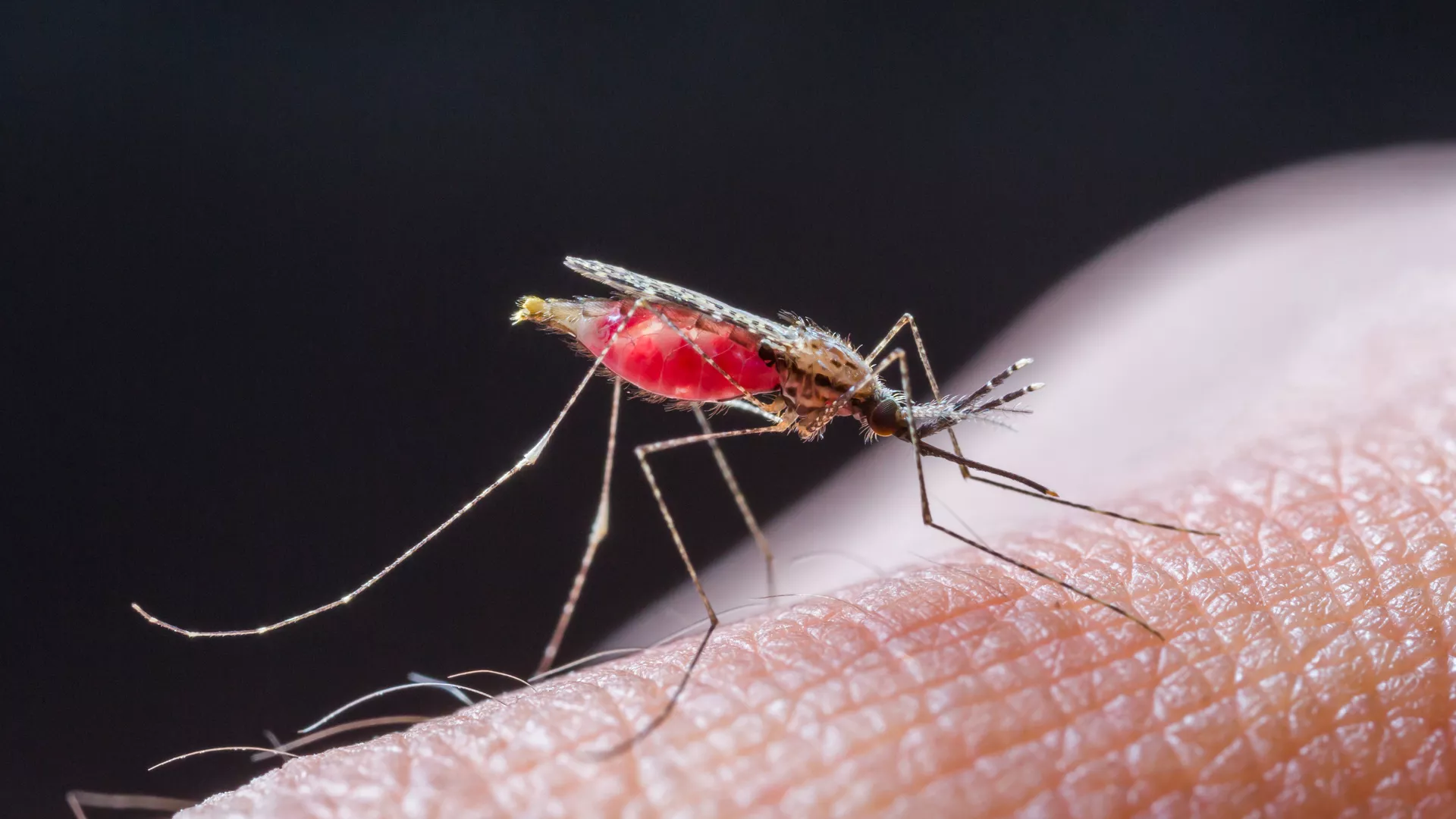Will US tariffs boost Cambodia’s illegal logging? – Lowy Institute

Report on the Impact of US Trade Policy on Sustainable Development in Cambodia
Executive Summary
Proposed United States tariffs on timber products are poised to have severe unintended consequences for Cambodia, directly undermining progress toward several Sustainable Development Goals (SDGs). The closure of the primary legal export market for Cambodian timber threatens to exacerbate illegal logging, intensify environmental degradation, and weaken governance structures. This report analyzes the potential impacts, with a significant focus on SDG 15 (Life on Land), SDG 16 (Peace, Justice and Strong Institutions), and SDG 17 (Partnerships for the Goals).
Threats to SDG 15: Life on Land
The imposition of US tariffs presents a direct threat to Cambodia’s terrestrial ecosystems, jeopardizing the core targets of SDG 15, which aims to protect, restore, and promote the sustainable use of forests and halt biodiversity loss.
Current State of Deforestation
- Cambodia is experiencing one of the world’s most rapid rates of deforestation, having lost 34% of its primary forest cover since 2001.
- The primary drivers are the conversion of forest to agricultural land and extensive logging operations.
- Critically, this deforestation impacts areas designated for conservation. Between 2001 and 2024, over one million hectares of tree cover were lost within “protected areas,” directly contravening SDG Target 15.1 (conserve and restore terrestrial ecosystems) and Target 15.5 (reduce the degradation of natural habitats).
Escalation of Illegal Logging
The potential loss of the US market for legal timber exports is expected to fuel the already rampant illegal logging industry, further challenging the achievement of SDG Target 15.2 (promote sustainable management of all types of forests and halt deforestation).
- Historical Context: Illegal logging has been a chronic issue for decades. At its peak in 1997, an estimated 95% of all logging was conducted illegally.
- Persistent Illicit Activity: Despite government efforts, such as export bans, illegal activities continue. A 2021 report identified 54 active logging areas within a single wildlife sanctuary.
- Cross-Border Trade: Demand from Vietnam’s wood processing sector has created a robust cross-border black market for Cambodian logs, undermining SDG Target 15.7 (end poaching and trafficking of protected flora).
- Projected Impact of Tariffs: With the legal export avenue to the US effectively closed by tariffs potentially as high as 50%, Cambodian loggers will have limited options, likely intensifying their reliance on illicit trade networks to maintain revenue, leading to more aggressive and widespread illegal logging.
Implications for SDG 16: Peace, Justice and Strong Institutions
The economic shock from US tariffs will place immense strain on Cambodia’s governance capacity, undermining efforts to build effective, accountable, and transparent institutions as outlined in SDG 16.
Erosion of Enforcement and Governance
- Diverted Priorities: The Cambodian government will understandably focus on mitigating the broader economic impact of tariffs on critical sectors like textiles, leaving few resources or incentives to enforce forestry regulations.
- Corruption and Illicit Flows: The illegal timber trade is sustained by systemic corruption, including the bribery of officials. Economic hardship and the lack of viable legal alternatives may weaken the political will to address these issues, directly impeding progress on SDG Target 16.5 (substantially reduce corruption and bribery).
- Implicit Support for Illicit Economy: In the face of a severe downturn in the formal forestry sector, authorities may ignore illegal activities to provide a form of implicit support to the industry during uncertain economic times, further weakening the rule of law.
Challenges to SDG 17: Partnerships for the Goals
This situation exemplifies a failure of policy coherence for sustainable development (SDG Target 17.14), where the trade policy of one nation directly harms the environmental and developmental progress of another.
Policy Incoherence and Market Disruption
- The unilateral imposition of tariffs disrupts established legal trade routes that, while imperfect, provide a foundation for sustainable practices.
- As the US market closes, and with other markets like the EU restricting imports via deforestation regulations, Cambodian producers are funneled towards unregulated black markets.
- This action runs counter to the spirit of global partnership for sustainable development (SDG 17.16), as it creates economic conditions that actively promote environmental destruction.
- The absence of external financial and technical assistance to help Cambodia manage this economic shock and strengthen forestry enforcement will exacerbate the negative outcomes.
Analysis of Sustainable Development Goals in the Article
1. Which SDGs are addressed or connected to the issues highlighted in the article?
-
SDG 15: Life on Land
- The article’s central theme is deforestation and illegal logging in Cambodia. It explicitly states that Cambodia is experiencing one of the “fastest deforestation rates in the world,” has “lost 34 per cent of its primary forest cover since 2001,” and that illegal logging contributes to the loss of tree cover in protected areas meant to “preserve important biodiversity, including rare and endangered species.” This directly connects to the goal of protecting, restoring, and promoting the sustainable use of terrestrial ecosystems.
-
SDG 16: Peace, Justice and Strong Institutions
- The article highlights significant governance failures and corruption. It mentions that illegal logging has “plagued Cambodia for almost five decades,” involving “widespread bribing of local border officials,” “chronic corruption,” and politically connected companies engaging in illicit activities with “little response from authorities.” This relates to the goal of building effective, accountable, and transparent institutions and reducing corruption.
-
SDG 17: Partnerships for the Goals
- The article discusses the impact of international trade policies on a developing country’s environment and economy. The US tariffs are presented as a unilateral action that disrupts trade and creates negative, unintended consequences, undermining global partnerships. The text also points to the cross-border nature of the illegal logging trade with Vietnam and the need for “external financial and technical assistance,” which are key elements of SDG 17.
-
SDG 8: Decent Work and Economic Growth
- The economic impact of the US tariffs on Cambodia’s forestry industry is a key issue. The article notes that the industry is “almost completely reliant on the US market for legal exports” and that tariffs could lead to a “severe downturn in the industry” and create “broader economic headwinds.” This connects to the goal of sustaining economic growth.
-
SDG 12: Responsible Consumption and Production
- The article addresses unsustainable production patterns through its focus on illegal logging. It also touches on consumption by mentioning the demand for timber in Vietnam and the US, and efforts by the European Union to regulate imports through its “deforestation regulation” to limit products that contribute to forest degradation. This relates to achieving sustainable management and efficient use of natural resources.
2. What specific targets under those SDGs can be identified based on the article’s content?
-
Under SDG 15 (Life on Land):
- Target 15.2: “By 2020, promote the implementation of sustainable management of all types of forests, halt deforestation, restore degraded forests and substantially increase afforestation and reforestation globally.” The article demonstrates a failure to meet this target, detailing ongoing deforestation, illegal logging, and the ineffectiveness of past policies like export bans.
- Target 15.5: “Take urgent and significant action to reduce the degradation of natural habitats, halt the loss of biodiversity and, by 2020, protect and prevent the extinction of threatened species.” The article directly relates to this by describing how “more than one million hectares of tree cover was lost in supposedly ‘protected areas'” which are meant to preserve biodiversity and endangered species.
- Target 15.7: “Take urgent action to end poaching and trafficking of protected species of flora and fauna and address both demand and supply of illegal wildlife products.” The article’s focus on the “cross-border black market trade” of timber and “illegal exports” to Vietnam directly addresses the trafficking of flora.
-
Under SDG 16 (Peace, Justice and Strong Institutions):
- Target 16.5: “Substantially reduce corruption and bribery in all their forms.” The article explicitly points to the prevalence of corruption, citing “widespread bribing of local border officials” and “chronic corruption” as enablers of the illegal logging trade.
- Target 16.6: “Develop effective, accountable and transparent institutions at all levels.” The article implies a lack of such institutions, noting that illegal exports continue with “little response from authorities” and that there is a low “incentive to more strictly enforce forestry regulations.”
-
Under SDG 17 (Partnerships for the Goals):
- Target 17.10: “Promote a universal, rules-based, open, non-discriminatory and equitable multilateral trading system…” The article discusses how unilateral US tariffs disrupt this system, creating unintended consequences that harm environmental goals in Cambodia.
- Target 17.a: “Strengthen the means of implementation and revitalize the global partnership for sustainable development.” The article implies the need for this target by stating that without “external financial and technical assistance, capacity and incentive to more strictly enforce forestry regulations… will be close to non-existent.”
3. Are there any indicators mentioned or implied in the article that can be used to measure progress towards the identified targets?
-
For SDG 15 (Life on Land):
- Rate of deforestation: The article states Cambodia has one of the “fastest deforestation rates in the world.”
- Forest cover loss: Specific figures are provided, such as a “34 per cent” loss of primary forest cover since 2001 and “more than one million hectares of tree cover was lost in supposedly ‘protected areas’.”
- Prevalence of illegal logging: The article provides historical data (“95 per cent of logging was done illegally” in 1997) and current evidence (“54 active logging areas were identified inside just one wildlife sanctuary”).
-
For SDG 16 (Peace, Justice and Strong Institutions):
- Perception/evidence of corruption: While not a formal survey, the article’s references to “widespread bribing of local border officials” and “chronic corruption” serve as qualitative indicators of a failure to reduce bribery.
-
For SDG 17 (Partnerships for the Goals):
- Tariff rates: The article provides specific numbers that can be used as indicators of trade barriers, such as Cambodia’s “36 per cent” reciprocal tariff and the plausible “tariff rate of 50 per cent” on timber.
- Value of illegal trade: The article mentions that Vietnam’s reported imports from Cambodia “peaked at more than $350 million in 2015,” which can serve as an indicator for the scale of illicit cross-border financial flows.
-
For SDG 8 (Decent Work and Economic Growth):
- Export dependency: The article indicates that “Cambodian wood product exports to the United States only represent 1.4 per cent of total exports,” but that the forestry industry is “almost completely reliant on the US market for legal exports.” This measures the sector’s vulnerability to trade policy changes.
4. Summary Table of SDGs, Targets, and Indicators
| SDGs | Targets | Indicators |
|---|---|---|
| SDG 15: Life on Land |
|
|
| SDG 16: Peace, Justice and Strong Institutions |
|
|
| SDG 17: Partnerships for the Goals |
|
|
| SDG 8: Decent Work and Economic Growth |
|
|
| SDG 12: Responsible Consumption and Production |
|
|
Source: lowyinstitute.org

What is Your Reaction?
 Like
0
Like
0
 Dislike
0
Dislike
0
 Love
0
Love
0
 Funny
0
Funny
0
 Angry
0
Angry
0
 Sad
0
Sad
0
 Wow
0
Wow
0











